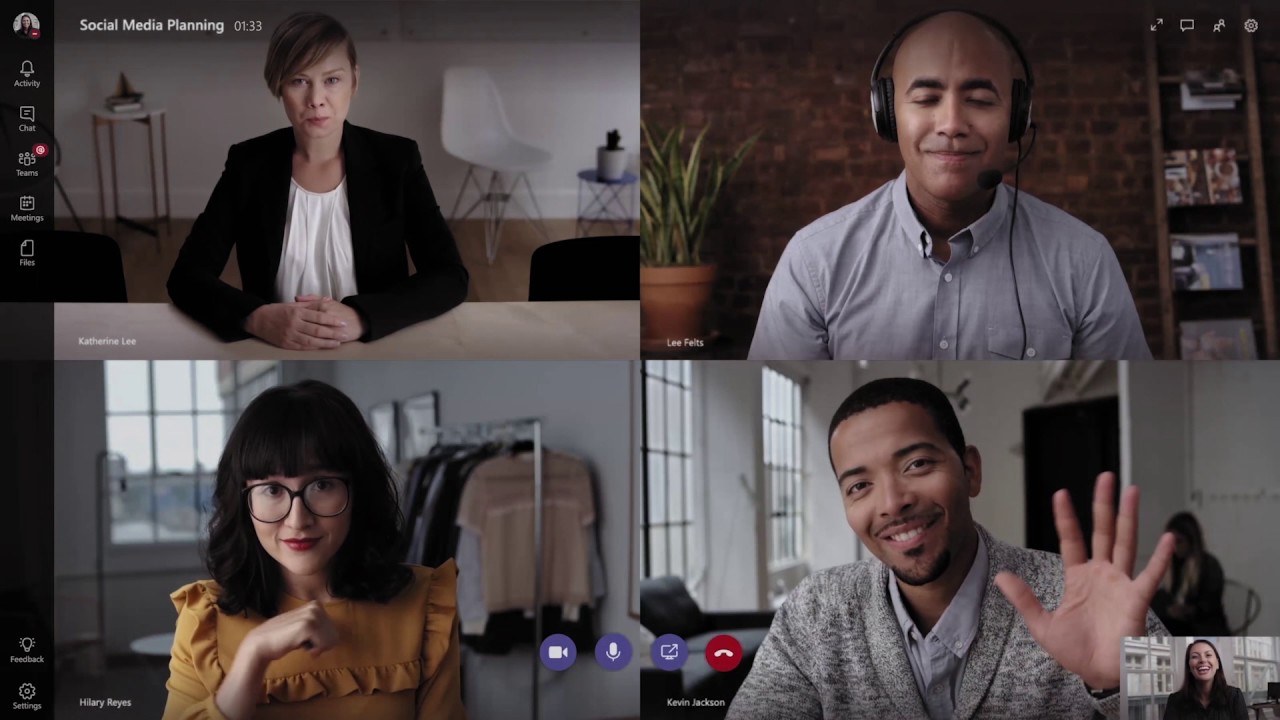Remote meetings have become an essential part of our everyday working lives. For some teams across the globe it’s the only way of communication now and for the foreseeable future.
Whether Microsoft Teams, Webex or Zoom is your video conferencing app of choice, it’s fair to say we’ve all been in the same meeting a zillion times about now.

Keeping the human connection going when you're behind a video camera is a question most of us are still grappling with. The best online meetings include three essentials you need to remember: connection, collaboration and feedback. If you are able to maintain these essentials, you will make participants feel more engaged while keeping the meeting productive.
Here are our suggestions for how you can make your virtual meetings more effective (and some ideas on how to spice things up a bit):
Before the meeting
- Plan the agenda and share it in advance
- Make sure you have the right people in the ‘room’
- Go in five mins early and make sure everything is working
- Set the rules at the start of the meeting
During the meeting
- Introduce everyone at the start (if needed/practical)
- Assign roles to meeting attendees to keep them engaged and involved
- Allow chat and some small talk during the meeting
- Encourage (relevant) file sharing during the meeting
- Define action items at the end of the meeting
- Record the meeting for others to view
Actually, do you even need a meeting?
Consider if you even need a meeting. Even in real life (IRL), I have never heard a customer lament, “I just wish I had more meetings.” The opposite is almost always true — many people find that group meetings, whether remote or in person, interfere with their real work, are boring and unproductive, and are too numerous. And while you are there – try to reduce the number of meetings that include a dozen attendees or more. Stop the “invite everyone just in case” mentality and invite only those willing to work on a specific task and use the meeting time to get something done.
Make it OK to drop-off
If someone doesn’t need to be there for the whole meeting, make it clear they can leave without a dramatic farewell to the team. Treat it like someone knocking on your door to ask a question. When they have what they need it should be okay for them to leave.
Take a walk
Not every call has to be a video. If a meeting doesn’t require face time, encourage your team members to dial in from their phones and use the time to take a walk in the fresh air or complete another activity while they meet.
Make distractions part of the fun
When people work from home, distractions are unavoidable -- so make it part of the meeting norm. Where you can, make your meetings shorter and plan for distractions such as kids, pets, spouses or technical glitches e.g. if your child makes appearances in your video meetings asking for snacks or help with their internet access – allow yourself to leave the meeting for a few minutes to address their needs. It takes the formality down a notch and also sends a message to your team that they don’t have to worry if a roommate, child or wandering pet requires their attention.
Cut back on the virtual happy hours
Having a cocktail hour after work or an MS Teams movie night can be a fun way to bring people together – on occasion. But don’t force it. If your team is spending much of the day in online meetings, they shouldn’t feel obligated to call back in for a social event. It can start to feel like just another thing they have to do for work and that’s when fatigue starts to set in.
To find out more about how to get the most out of Microsoft Teams Video Calling read our Secret Guide